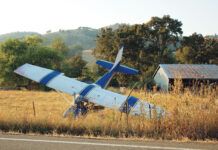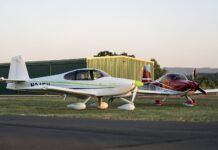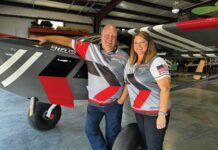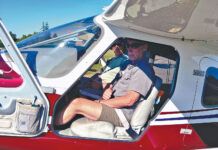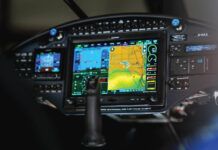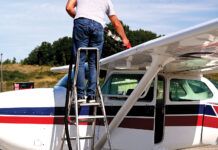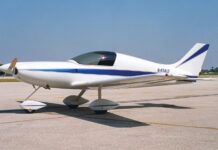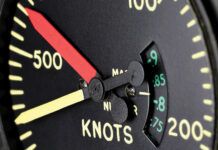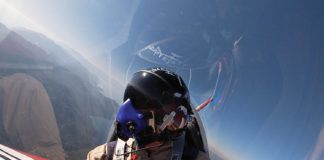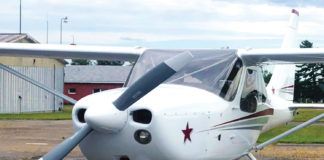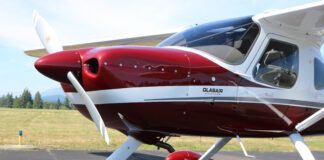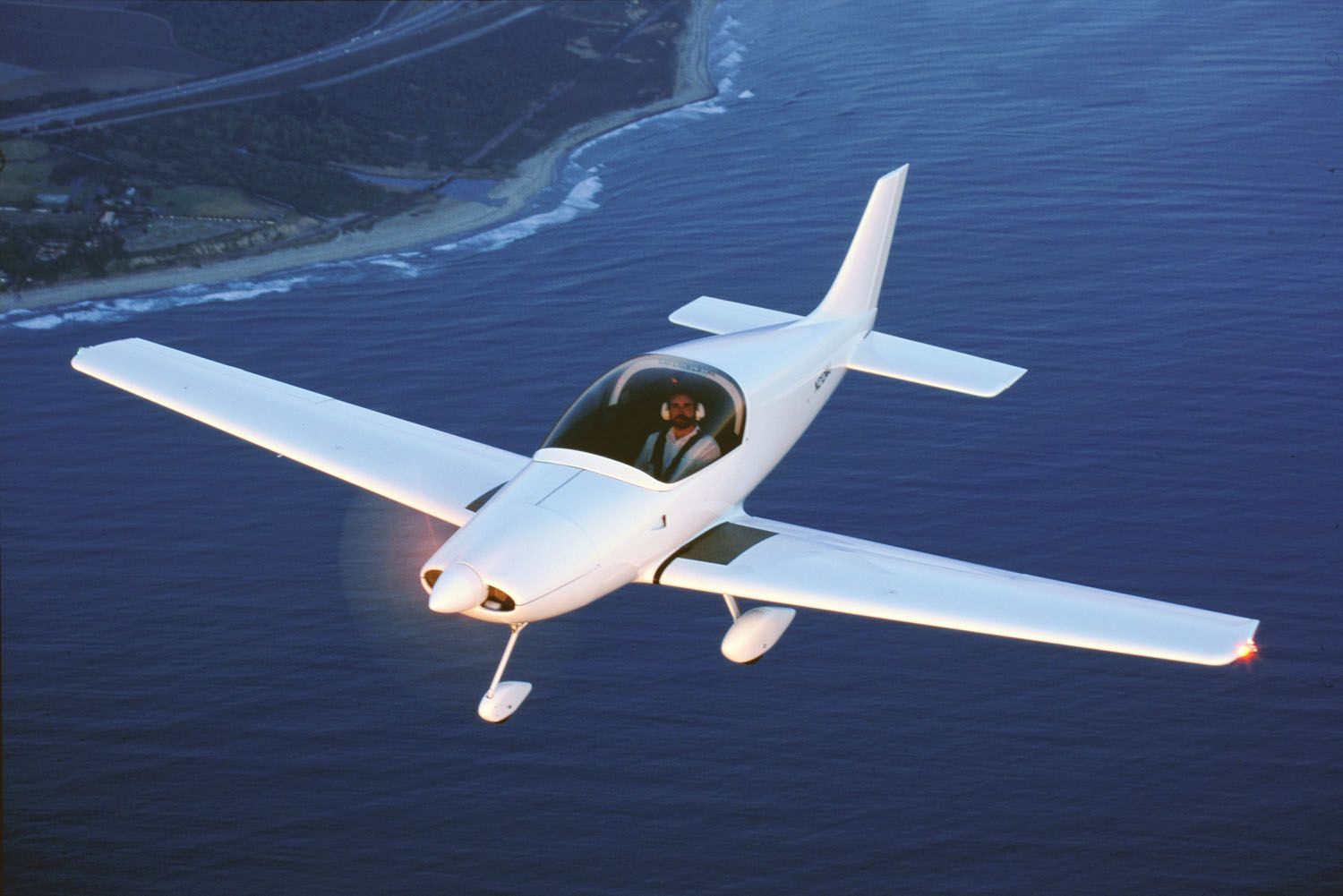
This month’s cover story, another in our Buying Used installments—this time covering the Pulsar homebuilt—took me back. It was, of course, my awakening into Experimental/Amateur-Built aircraft, a design I more or less fell in love with and one that I more or less convinced myself I could build. Over three years, I did just that, completing an elegant, small airplane and learning more than I could ever have hoped in the process.
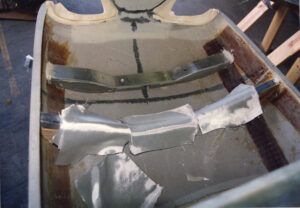
Our current cover story, penned by fellow Pulsar builder Lisa Turner caused me to open a few old boxes to find a raft of slides and prints documenting the build. Every part of it. Triumphs, mistakes, stages where I thought I knew what I was doing and, finally, proof in glossy color that I most certainly did not. Truth: Our earliest projects can be a reflection on our education, like finding a high school essay or a childhood doodle. You may cringe now, but it was all part of the educational process.
At least, that’s the attitude I’m embracing today. In the photos I’ve found, I look at the cramped quarters of the car-and-a-half garage in California, the Pulsar’s parts sharing space with the lawnmower and washing machine, and wonder a few things. First, how I ever got it done in that space. And, second, how in the world I could live with the unmitigated mess I’d created in the process. Fiberglass dust, tools everywhere, no organization evident. Not enough light, no elbow room. I could see signs of my “monkey brain,” struggling to stay on a single task as my young professional and personal life swirled around me. I’d just begun to understand that I needed to find a work/life/project balance but had not yet figured out how to make it so.
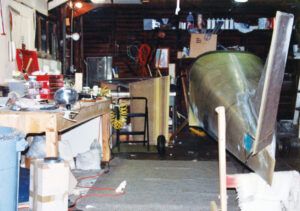
Regarding workspaces, I guess I’m spoiled now, with a generously sized T-hangar at my nearby airport and a renewed sense of organization. (Not that I can keep it orderly all the time, but I do make an effort.) I also learned a lot by watching other builders and, especially, by being part of the Two Weeks to Taxi program in 2006. The shop organization in Arlington was impressive and gave me tons of ideas on how to scale the concepts for my own use.
About Mike Juliet
After years of car and motorcycle projects as well as doing a fair bit of “owner assisted” work on certified airplanes, the Pulsar was my first experience being completely responsible for the safety of the ship, so to speak. I didn’t take it lightly, but I also didn’t fully understand what I was doing. In the early 1990s, you depended on the factory for support and education and did what you could to look in on other projects to gauge your own workmanship and thought processes. Attend a seminar or two at AirVenture, and you’ve made some progress, but it was nothing like what we have today for the quantity of information. (Though I will say the signal-to-noise ratio was better back then.)
In my own photos, I can see layups that I wouldn’t let go today. Not unsafe or insecure, just untidy and wastefully heavy. I also see some of my supposedly “better ideas” that really should never have left the conceptual stage. One of those was adding more fuel. The original Pulsar had a header tank for the Rotax 532/582. With the XP’s Rotax 912, more fuel capacity was desired, and the new composite wing gave Pulsar designer Mark Brown the opportunity to create a wet D-section of the leading edge for a total of 20 gallons fuel. For some reason, I wanted more, thinking I’d fly the Pulsar for long distances, so I used the materials from the header tank that were still in the kit—consisting of the foam-core fiberglass sheets and some directions—to create a slightly smaller version of the tank for my airplane.
I didn’t originally plumb that tank to keep Phase I a tiny bit simpler. And by the time I had a few hours on the machine, it was painfully obvious that more fuel was not needed. The Pulsar is not a large airplane, and spending 5+ hours on the seat wasn’t going to happen with any regularity. In the end, I spent hours building a feature I never used.
I had two mods that were a success, though, including toe brakes and electric pitch trim. Mark Brown used heel brakes that were light, simple and that very few people liked. My toe brakes used a shortened version of the stock rudder pedals and a simple bellcrank to carry pressing loads into the floor. (Today, I’d call that mod more crude than simple.) My electric trim was actually simple, using a Ray Allen servo in line with the elevator pushrod and the same biasing springs intended for the original manual setup. Aside from my cheesy implementation of the pitch-trim switch next to the push-to-talk button on the single center stick, it worked quite well.
Return Trip
I sold the Pulsar when my family outgrew it, which was not long after it entered Phase II and received an interior. If my logbook is to be believed, I first flew my Pulsar in February of 1995 from the Chino, California, airport. I last flew it locally from the Long Beach, California, airport in December 1996. By then, my daughter was a little more than a year old—a three-place family with a two-place airplane.
Except in pictures, I haven’t seen N212MJ since it flew away at the end of 1996. But I did meet the current owner at AirVenture last year, who said the blue foam wing ribs (used in early airplanes) had been exposed to fuel and compromised. It’ll take much work to get this Pulsar airworthy again, but I hope he does. Pulsar serial number 268 may still have a bit of teaching left in it. I know that I consumed more than my fair share.
Photos: Mike Fizer, Marc Cook.

